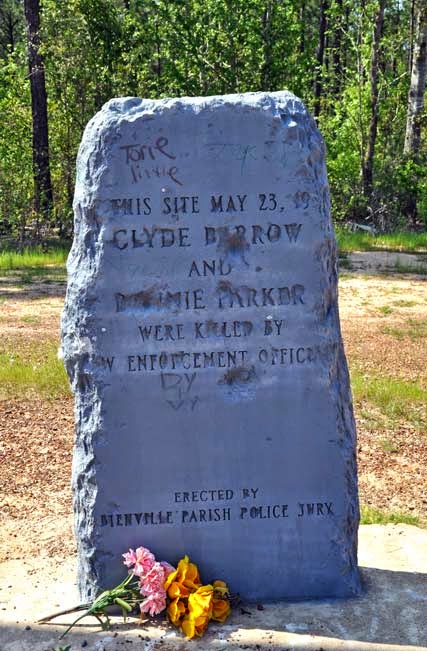 |
| Center Oak |
Taking it's cue from the Center Oak, the town's residents voted to change the community's name to Center City, a rather intrepid declaration of their intention to become important. When places so small they can barely be called a town change their name to include "city," it's a sure sign the residents are people with vision and ambition. Perhaps Center City could have become an actual city if all the people's dreams came true and, for a while anyway, their dreams actually were well on the way to fulfillment.

Several mercantile establishments opened and then a bank and a hotel were built. A blacksmith shop and several saloons came next. A gristmill opened and a post office was gained in 1874. Soon, stage and freight coaches began stopping in town for a change of horses, to drop off and pick up mail and to load and unload travelers. Until a 2-room school could be constructed, classes were held for the children of the area beneath the old oak tree. Plans were made for Center City to become the seat of government for Mills County and a large plot of land which included the Center Oak was reserved for a courthouse. While plans were being developed for the courthouse and funds sought, the giant Center Oak tree provided shade for the court trials that were held under its spreading branches and a traveling preacher began holding church services beneath those same branches every other Sunday.
In 1885 however, the dreams for Center City to actually become a city were dashed when the railroad bypassed the town, choosing instead to establish a stop in Goldthwaite which then became the county seat. In the early 1900's, surveyors, using newer and more accurate tools, determined the geographic center of Texas was actually about 50 miles west of the Center Oak tree along a lonely, middle-of-nowhere section of Highway 377. Center City continued as an ongoing commercial center for a few years, but it lost any chance it had to actually fulfill the goal of those early dreams. Slowly, over time, with one or another business going under every couple of years, with the closing of the school and finally the closing of the post office in the mid-1920's, Center City simply gave up and reverted back to a settlement of scattered ranches and farms.
 In the late 1930's, the state decided to widen Highway 7 between Goldthwaite and Gatesville. Construction plans callously called for removal of the old historic oak. The remaining citizens however, knowing the significance of the tree and perhaps feeling it stood as a symbol of their shattered but still remembered dreams, banded together in a show of will to protect it. Letters were written, meetings were held, threats against the road crews and their machines were made and the state conceded. The highway was re-routed 100 feet to the north. The Center Oak was saved and Center City went back to sleep.
In the late 1930's, the state decided to widen Highway 7 between Goldthwaite and Gatesville. Construction plans callously called for removal of the old historic oak. The remaining citizens however, knowing the significance of the tree and perhaps feeling it stood as a symbol of their shattered but still remembered dreams, banded together in a show of will to protect it. Letters were written, meetings were held, threats against the road crews and their machines were made and the state conceded. The highway was re-routed 100 feet to the north. The Center Oak was saved and Center City went back to sleep.Time has a way of slipping by and today it seems it has completely forgotten Center City. It's no longer listed on most state maps and appears on numerous "Ghost Towns of Texas" lists. Other than the 12 remaining residents, all that's left is a small combination general store and gas station, an old lodge building, a small church and the Center City cemetery which was established in 1874 and contains more than 500 graves. Sadly, the Center Oak tree died in 2011 after bearing witness to the birth and gradual death of a town and men's dreams. During its life, it provided shade for roving bands of Indians, cowboys, Texas Rangers, pioneers, ranchers and farmers, romantic picnics and lawless men being tried for their crimes. For the last 100 years though, all it has seen has been the changing of the seasons. It's not known for sure what caused such a magnificent old-timer to die. Perhaps like Center City itself, it just got tired and gave up the fight.












































